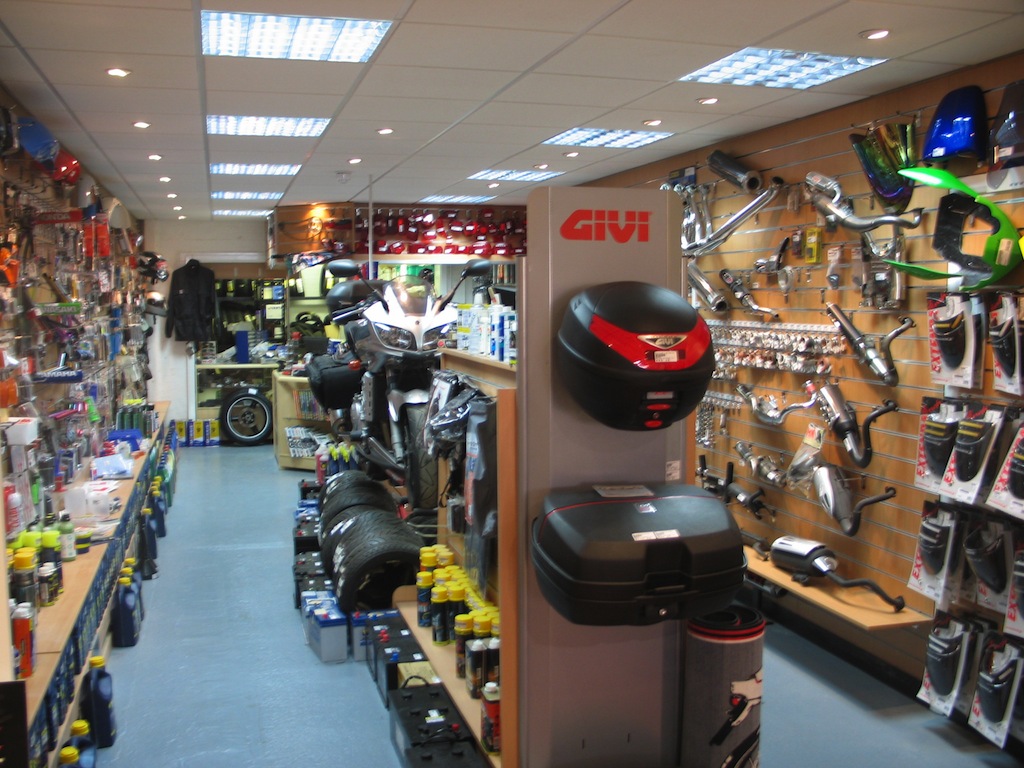Browse Through Our Motorcycle Shop for Expert Guidance and Top Quality Products
Browse Through Our Motorcycle Shop for Expert Guidance and Top Quality Products
Blog Article
Mastering Motorcycle Gears: How to Enhance Your Riding Experience
In the world of motorcycling, understanding the art of equipment adjustment is critical for improving your riding efficiency. Properly making use of and comprehending motorbike equipments can dramatically influence fuel, control, and velocity efficiency, transforming an average adventure right into a seamless, thrilling trip.
Understanding Equipment Mechanics
Just how do the details of equipment auto mechanics influence motorbike efficiency? At the core of motorcycle characteristics, equipment technicians play a critical role in transforming engine power into activity, ultimately determining speed and control. Gears, carefully crafted elements, enable cyclists to enhance torque and rate, ensuring a smooth change via different terrains and velocities. The gear ratios, carefully made, determine the partnership between engine changes and wheel turns, influencing acceleration and fuel efficiency.
Recognizing equipment mechanics begins with identifying the value of the gearbox, which houses multiple gears of differing sizes. These gears connect with a procedure recognized as meshing, where teeth of various gears involve to transmit power.
Furthermore, the concept of equipment moving is integral to taking full advantage of efficiency. Smooth and timely changes make certain that the engine operates within its ideal power band, avoiding unneeded pressure and improving durability (motorcycle parts nz). By understanding these mechanical intricacies, motorcyclists can accomplish an unified mix of efficiency, control, and power, raising their riding experience
Timing Your Shifts
Shift timing proficiency is vital for maximizing motorbike efficiency and boosting the riding experience. Appropriately timed shifts guarantee that the engine runs within its optimum power band, which is vital for preserving control, achieving smooth velocity, and ensuring the longevity of the bike. Cyclists should establish an intuitive sense of when to shift gears, which entails comprehending the connection in between engine transformations per min (RPM) and rate.
To grasp change timing, pay very close attention to the engine's noise and really feel, as these offer essential hints about when to change equipments. The optimal shift factor typically happens when the engine comes close to the upper range of its power band without reaching the redline. Shifting prematurely can lead to a lack of power, while changing also late might trigger unnecessary engine strain
Additionally, road conditions and riding design impact change timing. For example, in city settings, smoother and extra constant shifts might be needed to browse web traffic efficiently. In contrast, during highway riding, less shifts at greater speeds can be a lot more appropriate. Exercising in diverse atmospheres will improve your capacity to time changes precisely, eventually raising your riding experience to an expert degree.
Enhancing Fuel Efficiency
While understanding motorcycle gears is vital for performance, enhancing fuel effectiveness is equally important for both environmental and economic factors. Optimal gas usage not just decreases functional expenses however likewise minimizes the eco-friendly impact of riding. To accomplish this, one need to understand the elaborate relationship between gear choice and engine performance.
Riding in a greater gear at lower rates can lead to engine carrying, which is damaging to both fuel economy and engine wellness. Alternatively, riding in reduced gears at high rates results in unnecessary gas intake.
In addition, regular maintenance plays a crucial function in gas efficiency. Making certain that the motorcycle is well-tuned, with clean air filters and properly blew up tires, can minimize and boost the rules of aerodynamics fuel wastefulness. In addition, embracing a riding style that accepts steady velocity and smooth deceleration can add to better fuel economic situation.

Methods for Smooth Transitions
Accomplishing smooth gear shifts is essential to boosting the riding experience and guaranteeing the longevity of a motorcycle's transmission system. Correct gear moving not just contributes to a seamless ride but also reduces damage on the mechanical parts. To understand the art of smooth transitions, bikers must concentrate on a couple of vital strategies.

Second of all, clutch control plays an essential role. Engaging and disengaging the clutch efficiently needs practice. The clutch bar ought to be released gradually, enabling a smooth transfer of power from the engine to the wheels without creating a shock or sudden movement.

Adjusting to Road Conditions
Browsing varied roadway problems is an essential skill for any motorcyclist intending to maintain control and safety and security. Whether you're riding on damp surface areas, crushed rock roadways, or browsing sharp turns, your capacity to adjust your equipment use and riding method is extremely important. Understanding bike helmet store how to adjust your equipments properly can significantly influence traction and security, ensuring a much safer trip.
On damp roadways, it is suggested to preserve greater gears to reduce torque and reduce wheel spin. This technique helps keep grasp on unsafe surface areas, enabling for smoother velocity and slowdown. In comparison, when riding on gravel or irregular surface, reduced equipments are preferable. Reduced gears give better control and permit you to react even more promptly to unexpected changes in the road surface.
Sharp curves require accurate equipment management to stabilize rate and control. Downshifting prior to going into a contour can assist maintain energy while making sure the motorcycle stays stable throughout the turn. Constant practice in diverse conditions boosts your capability to respond and forecast to modifications in roadway appearance and slope.
Conclusion
Mastering motorbike gears dramatically improves the riding experience by improving acceleration, gas, and control efficiency. A comprehensive understanding of equipment auto mechanics and precise shift timing guarantees the engine operates within its optimal power band, while smooth changes via effective clutch and throttle sychronisation boost comfort and performance. Adjusting equipment selection to various roadway problems, such as using greater equipments on damp surface areas and reduced equipments on gravel, additional boosts handling and safety. Ultimately, these skills boost the general journey.
Recognizing equipment auto mechanics begins with identifying the significance of the transmission, which houses several gears of varying sizes. These gears connect through a process known as meshing, where teeth of different gears involve to send power (motorbike shop). Gentle changes to the throttle throughout equipment shifts can avoid jerky activities and maintain check that a constant riding pace
Whether you're riding on damp surfaces, crushed rock roads, or navigating sharp turns, your capacity to adapt your gear usage and riding technique is vital. Adjusting gear choice to various roadway problems, such as using higher equipments on damp surface areas and lower equipments on gravel, further improves handling and safety.
Report this page